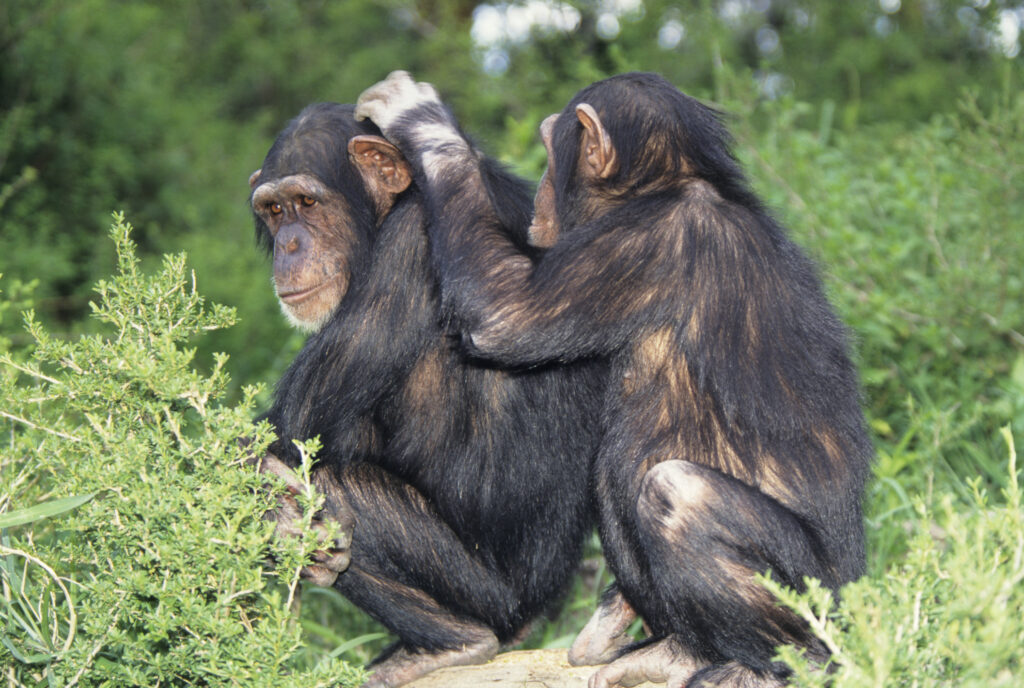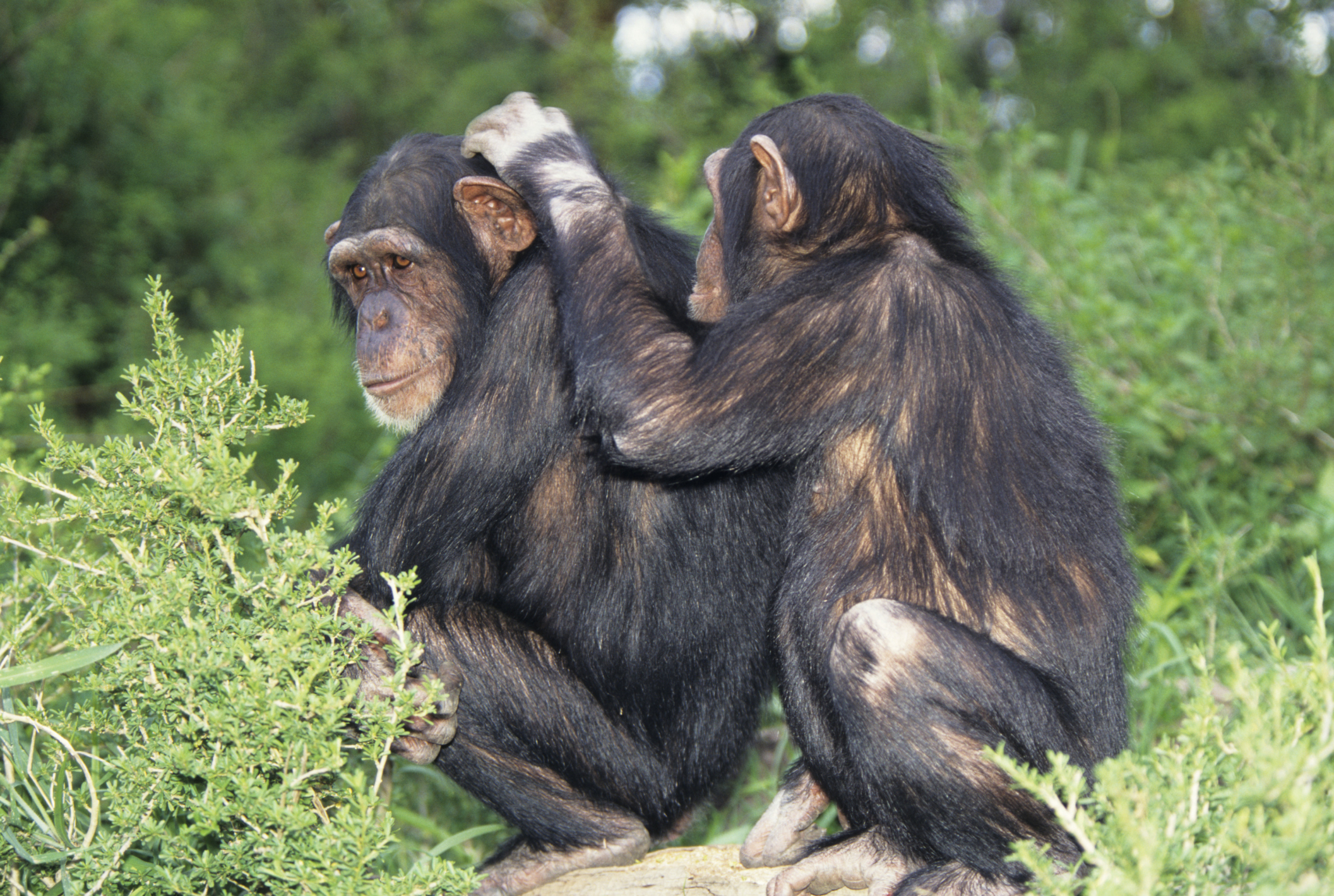
Unveiling the Wild Side: Fascinating Animal Sex Facts You Won’t Believe
The animal kingdom is a realm of constant wonder, and when it comes to reproduction, the diversity is truly astounding. Beyond the familiar mating rituals, there lies a world of bizarre behaviors, anatomical oddities, and evolutionary strategies that challenge our understanding of sex and survival. This article delves into some of the most fascinating and often unbelievable animal sex facts, exploring the unique ways different species perpetuate their lineage. From elaborate courtship displays to extreme physical adaptations, prepare to be amazed by the ingenuity and sheer variety of reproductive strategies found throughout nature. Our exploration of animal sex facts will take us on a journey through the deep ocean, across vast plains, and into the dense jungles, revealing secrets that have been hidden in plain sight. This is more than just biology; it’s a testament to the power of evolution and the relentless drive to reproduce. Let’s uncover some truly bizarre animal sex facts together.
Extreme Mating Rituals
Many animals engage in elaborate courtship rituals to attract a mate. These rituals can range from simple displays of strength to complex dances and vocalizations. The bowerbird, for example, constructs elaborate nests decorated with colorful objects to attract females. The quality and complexity of the bower directly influence the male’s chances of mating. Similarly, the peacock’s extravagant tail feathers are a testament to sexual selection, with females preferring males with the most vibrant and symmetrical displays. These flamboyant displays signal genetic fitness and the ability to survive despite the handicap of such elaborate ornamentation. Another example of fascinating animal sex facts is found in the anglerfish, where the male permanently fuses to the female, becoming a living sperm provider.
The Bowerbird’s Architectural Prowess
Male bowerbirds are renowned for their intricate bowers, which are not nests but rather structures built solely to attract females. These bowers are decorated with a variety of objects, including flowers, berries, shells, and even man-made items like plastic straws and bottle caps. The male meticulously arranges these objects, often favoring particular colors and patterns. The female bowerbird carefully inspects the bower, assessing the male’s artistic ability and attention to detail. A well-constructed and decorated bower signals the male’s health, intelligence, and overall genetic quality, making him a more desirable mate. The bower itself is a fascinating example of animal sex facts, demonstrating the power of visual communication in the animal kingdom.
Peacock’s Extravagant Tail
The peacock’s tail is perhaps one of the most iconic examples of sexual selection. These magnificent feathers, known as trains, are not used for flight but rather for attracting females. The train is composed of hundreds of iridescent feathers, each adorned with an eye-spot. The size, color, and symmetry of the train are all indicators of the male’s genetic fitness. Females, known as peahens, prefer males with the largest, most vibrant, and symmetrical trains. The peacock’s train is a costly ornament, making him more vulnerable to predators and requiring significant energy to grow and maintain. However, the benefits of attracting a mate outweigh the costs, making the peacock’s train a prime example of sexual selection in action. These facts about the peacock’s tail are definitely some of the most well-known animal sex facts.
Unusual Anatomical Adaptations
The quest for successful reproduction has led to some truly bizarre anatomical adaptations in the animal kingdom. Some species have evolved specialized organs or structures that aid in mating or fertilization. For example, male argonaut octopuses possess a detachable penis called a hectocotylus, which they offer to females. This is a unique example of animal sex facts. Other species exhibit extreme sexual dimorphism, where males and females differ dramatically in size or appearance. The anglerfish, mentioned earlier, takes this to the extreme, with the tiny male permanently fusing to the much larger female. These anatomical adaptations highlight the diverse and often surprising ways animals have evolved to ensure reproductive success.
The Detachable Penis of the Argonaut Octopus
Male argonaut octopuses have a unique reproductive strategy involving a detachable arm called the hectocotylus. This arm is specialized for delivering sperm to the female. During mating, the male detaches the hectocotylus and sends it off to find a female. Once the hectocotylus reaches a female, it enters her mantle cavity and fertilizes her eggs. The male then regenerates the lost arm. This unusual reproductive strategy is a fascinating example of animal sex facts, highlighting the diverse ways animals have evolved to reproduce.
Extreme Sexual Dimorphism in Anglerfish
Anglerfish exhibit extreme sexual dimorphism, with males being significantly smaller than females. In some species, the male is so small that he permanently fuses to the female, becoming a living sperm provider. The male attaches himself to the female using his jaws, and over time, their tissues fuse together. The male then relies on the female for nutrients and, in return, provides her with sperm whenever she needs it. This bizarre reproductive strategy is a testament to the power of evolution and the lengths to which animals will go to reproduce. It’s one of the more shocking animal sex facts that many people are unaware of.
Bizarre Mating Behaviors
Beyond anatomical adaptations, many animals exhibit bizarre mating behaviors that are truly astonishing. Some species engage in violent courtship rituals, while others practice polyandry, where females mate with multiple males. The praying mantis is infamous for its cannibalistic mating behavior, where the female often eats the male during or after copulation. These behaviors, while seemingly strange, serve a purpose in ensuring reproductive success. The praying mantis, for instance, gains nutrients from consuming the male, which can increase the number of eggs she produces. Such animal sex facts are a stark reminder of the brutal realities of nature.
Cannibalistic Mating in Praying Mantises
The praying mantis is notorious for its cannibalistic mating behavior. During or after copulation, the female often decapitates and consumes the male. This behavior may seem gruesome, but it serves a purpose. By consuming the male, the female gains nutrients that can increase the number of eggs she produces. The decapitation also triggers a reflex action in the male that allows him to continue mating even after his head is removed. This ensures that the female is successfully fertilized. This macabre mating ritual is a prime example of animal sex facts that challenge our understanding of romance and relationships.
Polyandry in Jacanas
Jacanas are a type of tropical bird that practices polyandry, a mating system where females mate with multiple males. In jacanas, the female is larger and more dominant than the male. She establishes a territory and attracts multiple males to mate with her. Each male is responsible for incubating the eggs and raising the chicks. The female provides protection and resources for the males and their offspring. This unusual mating system is thought to have evolved in response to high rates of egg predation. By mating with multiple males, the female increases the chances that at least some of her offspring will survive. These unique mating systems make for some compelling animal sex facts.
The Science Behind Animal Sex
Understanding animal sex facts requires a grasp of the underlying biological principles. Sexual selection, as discussed earlier, plays a significant role in shaping mating behaviors and anatomical adaptations. Genes that promote successful reproduction are more likely to be passed on to future generations, leading to the evolution of elaborate courtship rituals, specialized reproductive organs, and bizarre mating behaviors. Hormones also play a crucial role in regulating sexual behavior in animals. For example, testosterone influences male aggression and courtship displays, while estrogen affects female receptivity to mating. Studying animal sex facts provides valuable insights into the evolutionary forces that have shaped the diversity of life on Earth. [See also: Evolution of Mating Rituals in Birds]
Ethical Considerations
While studying animal sex facts can be fascinating, it’s important to consider the ethical implications of observing and interfering with animal behavior. Researchers must ensure that their studies do not harm or disturb animals in their natural habitats. It’s also crucial to avoid anthropomorphizing animal behavior, which can lead to inaccurate interpretations and a misunderstanding of the complex evolutionary forces that shape their reproductive strategies. Responsible research and conservation efforts are essential for protecting the biodiversity of the animal kingdom and ensuring that future generations can continue to marvel at the wonders of animal reproduction. The study of animal sex facts should always be conducted with respect for the animals involved and a commitment to ethical research practices.
Conclusion: The Endless Fascination with Animal Sex Facts
The world of animal sex facts is a testament to the incredible diversity and ingenuity of life on Earth. From elaborate courtship rituals to bizarre anatomical adaptations and shocking mating behaviors, the animal kingdom offers a constant source of fascination and wonder. By studying these reproductive strategies, we gain a deeper understanding of the evolutionary forces that have shaped the natural world and the complex interplay between genes, hormones, and behavior. As we continue to explore the secrets of animal reproduction, it’s essential to approach our studies with respect for the animals involved and a commitment to ethical research practices. The more we learn about animal sex facts, the more we appreciate the intricate and often surprising ways that life perpetuates itself. So, the next time you think about the natural world, remember the astounding animal sex facts and the incredible diversity of life on our planet. [See also: Conservation Efforts for Endangered Species]

